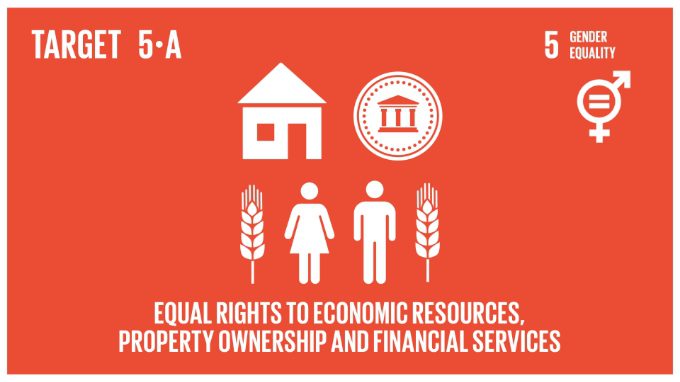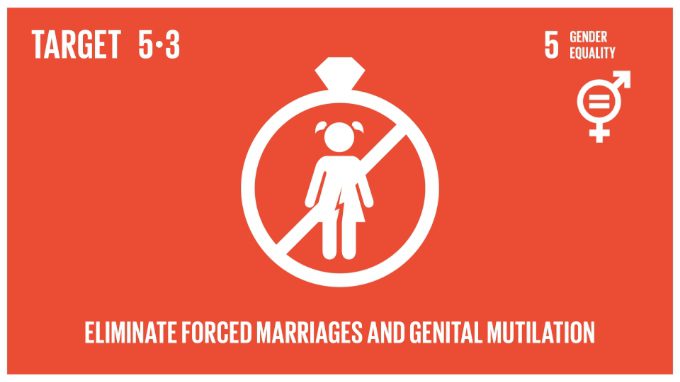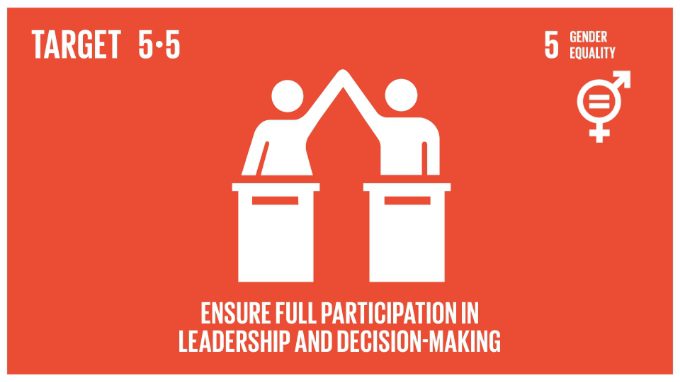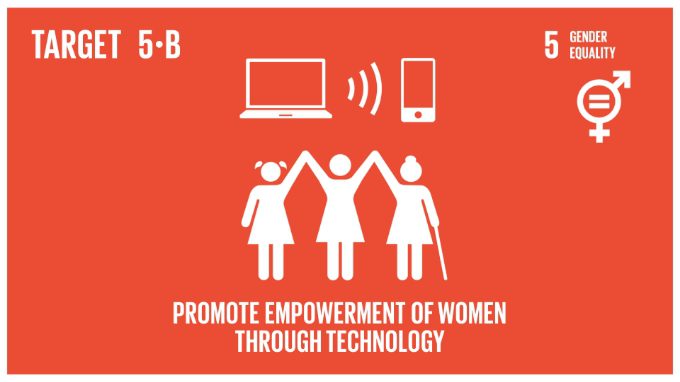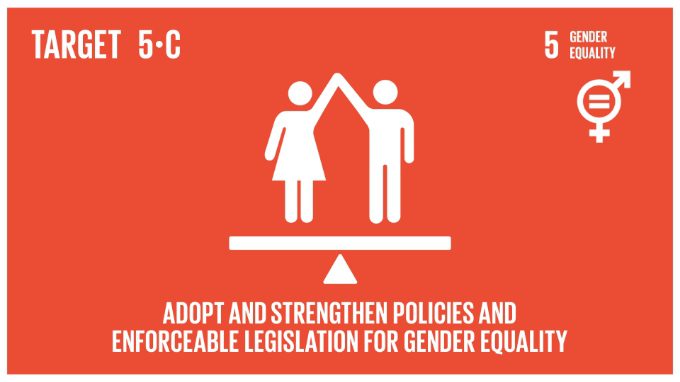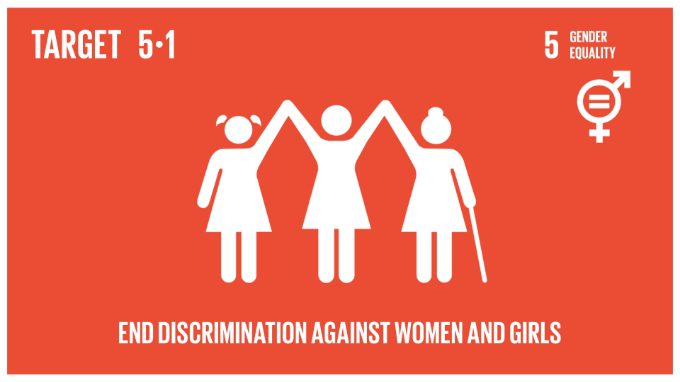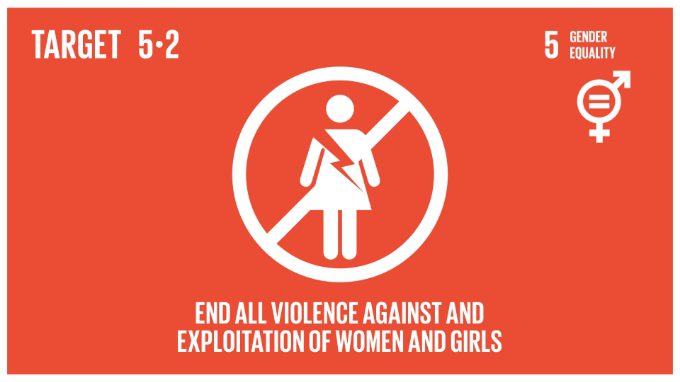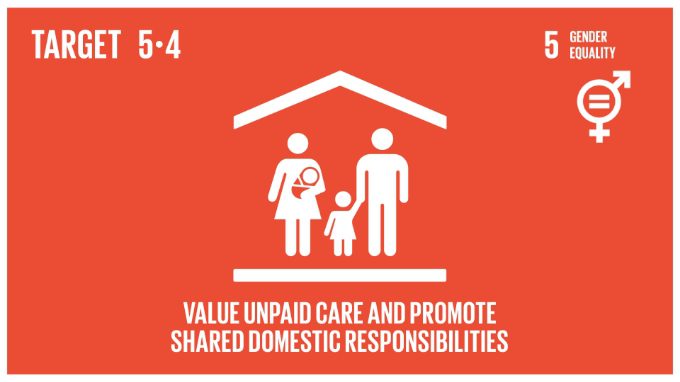Overview:
Gender bias is undermining our social fabric and devalues all of us. It is not just a human rights issue; it is a tremendous waste of the world’s human potential. By denying women equal rights, we deny half the population a chance to live life at its fullest. Political, economic and social equality for women will benefit all the world’s citizens. Together we can eradicate prejudice and work for equal rights and respect for all.
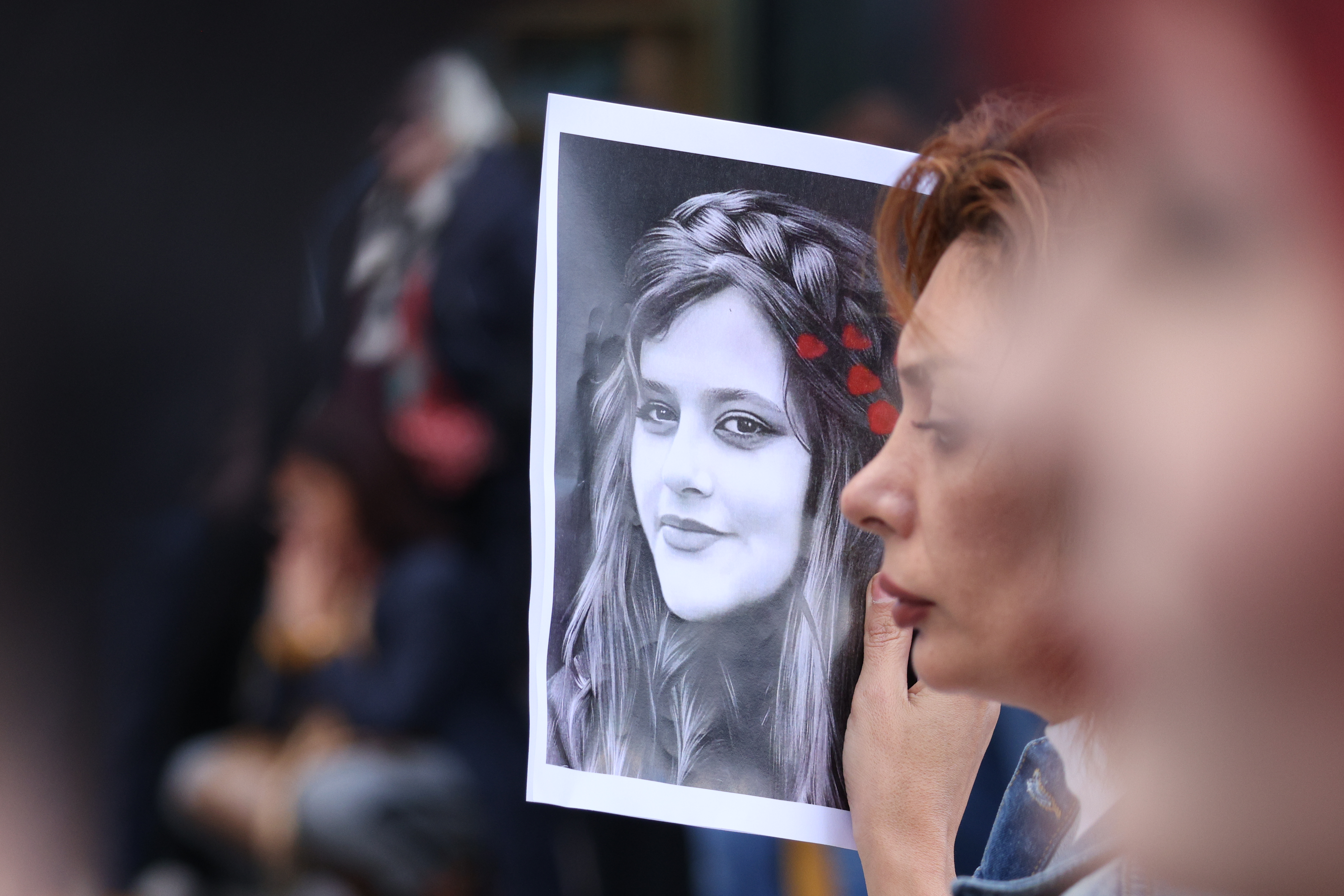
International Progress 2023:
The world is not on track to achieve gender equality by 2030. At the global level, none of the 18 indicators “met or almost met” the targets and only one is “close to target”. At the current rate of progress, it is estimated that it will take up to 286 years to close gaps in legal protection and remove discriminatory laws, 140 years for women to be represented equally in positions of power and leadership in the workplace, and 47 years to achieve equal representation in national parliaments.
Cascading global crises have highlighted and exacerbated existing gender inequalities, such as unequal access to healthcare, education, and economic opportunities. Political leadership and a comprehensive set of policy reforms are needed to dismantle systemic barriers to the achievement of SDG4.
Targets —
-

Target 5.1
Based on data collected in 2022 in 119 countries, 55% of the countries lacked laws that prohibit direct and indirect discrimination against women; half of the countries continued to lack quotas for women in the national parliament; 60% of the countries failed to have laws defining rape based on the principle of consent; 45% of countries did not mandate equal remuneration for work of equal value; over a third of countries failed to provide maternity leave in accordance with ILO standards; almost a quarter of countries did not grant women equal rights with men to enter into marriage and initiate divorce; and close to three-quarters of countries failed to stipulate 18 years as the minimum age of marriage for women and men, with no exceptions.
-

Target 5.3
One in five young women worldwide (19%) were married in childhood in 2022. Globally, the prevalence of child marriage has declined from 21% in 2016. However, the profound effects of COVID-19 are threatening this progress, with up to 10 million additional girls at risk of child marriage over the course of a decade from the onset of the pandemic.
-

Target 5.5
As of 1 January 2023, women held 26.5% of seats in lower and single chambers of national parliaments, up from 22.3% in 2015. At the local level, women held 35.4% of seats in deliberative bodies, up from 33.9% in 2020. At this pace, parity in such bodies cannot be achieved by 2030. Also, gender parity in political institutions continues to be rare: only six countries had 50% or more women in their lower/single chambers of national parliaments and 3 in local legislatures. Globally, women held only 28.2% of management positions in 2021 (up just 1% since 2015), although they accounted for almost 40% of total employment.
-

Target 5.6
Based on data from 68 countries for 2007-2022, only 56% of married or in-union women aged 15 to 49 make their own decisions regarding sexual and reproductive health and rights, ranging from an average of 37% in sub-Saharan Africa to over 80% in some countries in Europe and Latin America and the Caribbean. Among the 115 countries with data in 2022, countries have in place, on average, 76% of the laws and regulations needed to guarantee full and equal access to sexual and reproductive health and rights.
-

Target 5.a
Available data from 46 countries for 2009-2020 show that many women and men involved in agricultural production lack ownership and/or secure tenure rights over agricultural land. In one third of the countries, less than 50% of women and men have ownership or secure rights over agricultural land. The share of men having ownership is at least twice that of women in almost half of the countries. Of the 68 countries that reported on women’s rights to land ownership and/or control in legal frameworks, by 2022, about 31% protect women’s land rights considerably (a score of at least 5 out of 6), while 47% poorly protect women’s land rights (a score of 3 out of 6 or below).
-

Target 5.b
Globally, 73% of the population aged 10 and over owned a mobile phone in 2022, up from 67% in 2019. Women were about 12% less likely to own mobile phones than men— the gap virtually unchanged from 2019.
-

Target 5.c
Based on data reported by 105 countries and areas for 2018-2021, 26% of countries globally have comprehensive systems in place to track and make public allocations for gender equality, 59% have some features of a system in place, and 15% do not have minimum elements of these systems.
Ireland’s
Progress 2023:
Gender Pay Gap legislation was introduced in 2021, and so gender pay gap reporting is now mandatory for all organisations in Ireland, both public and private, with 250 employees or more. Each December, they must publish a report on their website that details their hourly gender pay gap across a range of metrics. In time, this requirement will be extended to organisations with 50 employees or more.
The nonprofit sector is making excellent progress in this area, with the mean GPG has shown a remarkable downward trend, plummeting from 16.7% in 2017 to 15.2% in 2019, and now reaching the current GPG of 5.69% (The Wheel, 2023). However, women are still underrepresented at the most senior level in charities.
Ireland also introduced 40% gender quotas for political parties running candidates for election to the Oireachtas; but this doesn’t extend to local, Seanad and European Elections. Online abuse, access to childcare, and high childcare costs are barriers to women’s participation in politics.
Targets —
-

End all forms of discrimination against all women and girls everywhere.
CSO data
Claim: Achieving
5.1 Ireland has legal frameworks in place to promote, enforce and monitor equality and non‑discrimination on the basis of sex.
5.1.1
Whether or not legal frameworks are in place to promote, enforce and monitor equality and non-discrimination on the basis of sex
-

End all forms of discrimination against all women and girls everywhere.
CSO data
Status: Data unavailable
5.2.1 Data for Ireland will become available in 2023.
5.2.2 Data for Ireland will become available in 2023.
Measuring what matters
The government have released a Zero Tolerance Strategy and are establishing a new agency on Domestic Sexual and Gender-Based Violence.
5.2.1
Proportion of ever-partnered women and girls aged 15 years and older subjected to physical, sexual or psychological violence by a current or former intimate partner in the previous 12 months, by form of violence and by age
5.2.2
Proportion of women and girls aged 15 years and older subjected to sexual violence by persons other than an intimate partner in the previous 12 months, by age and place of occurrence
-

Eliminate all harmful practices, such as child, early and forced marriage and female genital mutilation.
CSO data
Status: Difficult to accurately measure
5.3.1 In 2019, the rate of marriages per thousand females was 1.2 for people aged 16 to 19 years. This was a general downward trend over the five-year period from a rate of 2.3 in 2014. The rate for 20- and 21-year-olds was 1.5 and 1.9, respectively. An average rate of 3.6 was recorded for 20- to 24-year-olds.
5.3.2 In Ireland, Female Genital Mutilation (FGM) is illegal under the Criminal Justice (Female Genital Mutilation) Act 2012.
5.3.1
Proportion of women aged 20-24 years who were married or in a union before age 15 and before age 18
5.3.2
Proportion of girls and women aged 15-49 years who have undergone female genital mutilation/cutting, by age
-

Recognize and value unpaid care and domestic work through the provision of public services, infrastructure and social protection policies and the promotion of shared responsibility within the household and the family as nationally appropriate.
CSO data
Claim: Achieving
5.4.1 In 2016 Census there were 195,263 people (4.1% of the population) providing unpaid assistance to others, an increase of 8,151 (4.4%) on the 2011 Census. Note this is not disaggregated by sex, age and location as per the indicator.
5.4.1
Proportion of time spent on unpaid domestic and care work, by sex, age and location
-

Ensure women’s full and effective participation and equal opportunities for leadership at all levels of decision-making in political, economic and public life.
CSO data
Claim: Achieving
5.5.1 The introduction of gender quota legislation (i.e. quotas for women candidates) before the 2016 General Elections produced an increase of 6.5 percentage points in female representation in those elections, from 15.7% to 22.2%. The 2019 Local Elections saw an increase of 3.8 percentage points in the number of seats taken by women, from 20.1% to 23.9% Between 2014 and 2020 the proportion of managers, directors and senior officials who were female rose from 32.5% to 34.4%.
5.5.2 Between 2014 and 2020 the proportion of managers, directors and senior officials who were female rose from 32.5% to 34.4%.
5.5.1
Proportion of seats held by women in (a) national parliaments and (b) local governments
5.5.2
Proportion of women in managerial positions
-

Ensure universal access to sexual and reproductive health and reproductive rights as agreed in accordance with the Programme of Action of the International Conference on Population and Development and the Beijing Platform for Action and the outcome documents of their review conferences.
CSO data
Claim: Achieving
5.6.1 Ireland’s National Sexual Health Strategy provides for everyone living in Ireland to receive comprehensive and age-appropriate sexual health education and/or information and will have access to appropriate prevention and promotion services. Note this does not give a proportion.
5.6.2 Ireland’s National Sexual Health Strategy provides for everyone living in Ireland to receive comprehensive and age-appropriate sexual health education and/or information and will have access to appropriate prevention and promotion services.
Measuring what matters
The O’Shea Abortion review clearly shows that serious gaps still remain in the provision of timely and effective abortion care, including:
- The mandatory 3-day wait
- The criminalisation of abortion
- Geographical gaps in coverage
Women and pregnant people are still being forced to travel – at least 860 travelled to the UK alone since the vote to repeal the 8th Amendment of the Constitution.
5.6.1
Proportion of women aged 15-49 years who make their own informed decisions regarding sexual relations, contraceptive use and reproductive health care
5.6.2
Number of countries with laws and regulations that guarantee full and equal access to women and men aged 15 years and older to sexual and reproductive health care, information and education
-

Undertake reforms to give women equal rights to economic resources, as well as access to ownership and control over land and other forms of property, financial services, inheritance and natural resources, in accordance with national laws.
CSO data
Claim: Achieving
5.a.1 In 2002, there were 136,300 family farms in Ireland, 10.7 % of which were in female ownership. Females represented 26.1% of all farm workers on family farms.
5.a.2 Article 40 in the Constitution of Ireland refers to personal rights and states that all citizens shall, as human persons, be held equal before the law.
5.a.1
Proportion of total agricultural population with ownership or secure rights over agricultural land, by sex; and b) share of women among owners or rights-bearers of agricultural land, by type of tenure
5.a.2
Proportion of countries where the legal framework (including customary law) guarantees women’s equal rights to land ownership and/or control
-

Enhance the use of enabling technology, in particular information and communications technology, to promote the empowerment of women.
CSO data
Claim: Achieving
5.b.1 At the end of Q2 2020 there were 6,738,457 mobile subscriptions (including mobile broadband and M2M), an increase of just over 69,000 since Q4 2019. More than three quarters (77%) of all individuals aged 16-74 years use a smartphone for private purposes – 76% of which were males and 78% were females.
5.b.1
Proportion of individuals who own a mobile telephone, by sex
-

Adopt and strengthen sound policies and enforceable legislation for the promotion of gender equality and the empowerment of all women and girls at all levels.
CSO data
Claim: Achieving
5.c.1 Gender equality goals are set out in the whole-of-Government statements of priority on gender equality which include the National Strategy for Women and Girls 2017-2020; the 2nd National Strategy for Domestic, Sexual and Gender-based Violence; the 3rd National Action Plan on Women, Peace and Security, as well as in other policies such as the National Maternity Strategy 2016-2026. Gender equality goals are also included in mainstream policies such as the National Carers Strategy; the National Physical Activity Plan; the 2nd HSE National Intercultural Strategy; and the National STEM Education Policy and Action Plan
5.c.1
Proportion of countries with systems to track and make public allocations for gender equality and women’s empowerment



